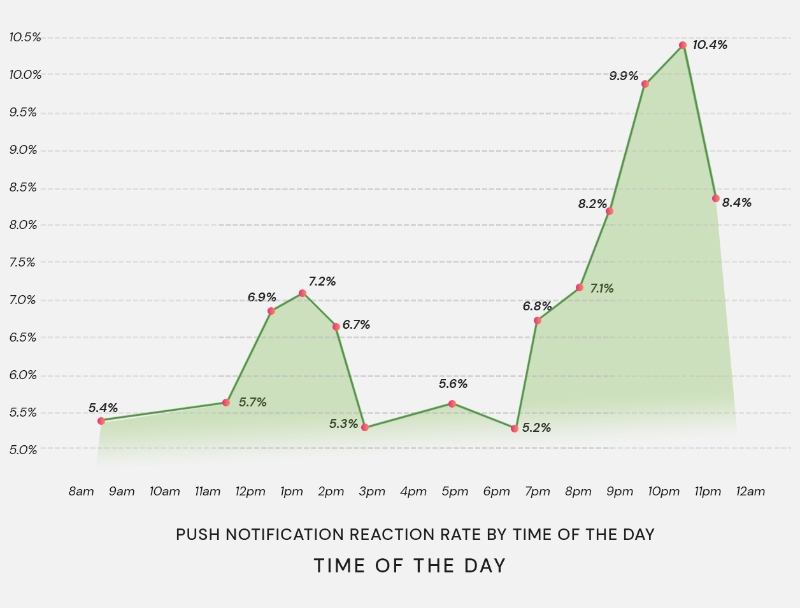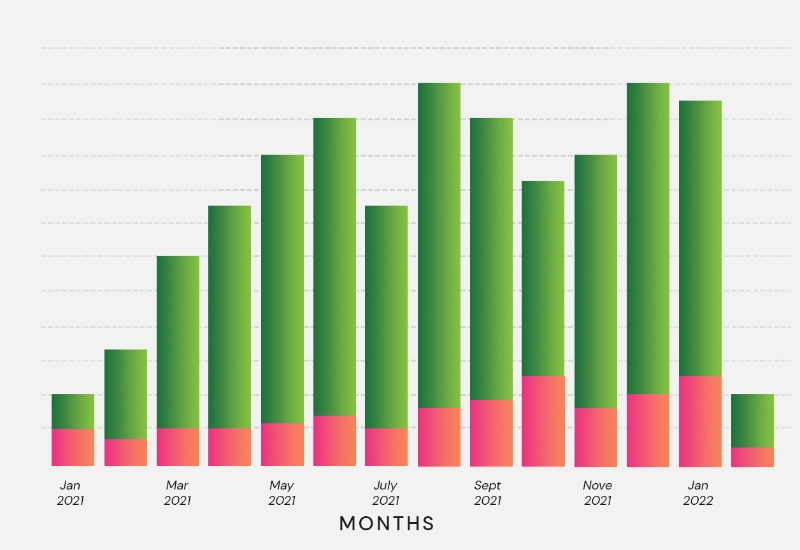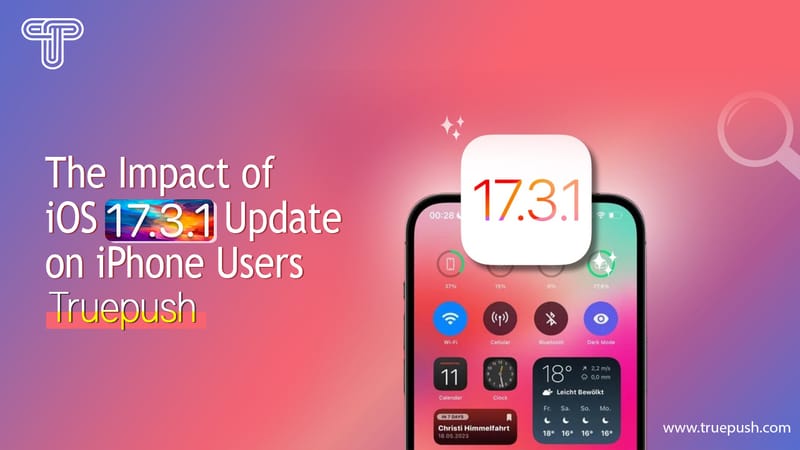Being on time is cited as one of the most important indicators of outstanding behavior, and this holds everywhere.
Without further delay, let me get into the topic: the Push Notifications we make are a type of alert sent to users at specific times.
We create content with immense attention, but, at the same time, are we concentrating on the time when the notification gets delivered to the user?
Yes! You heard it right, the push notification delivery time is highly important. Let me explain why. It is useless if the push notification gets delivered to the user when they are away from their screens. Similarly, if we send a notification that is irrelevant to the moment it is sent, it is also ineffectual.
It is important to be careful while sending notifications; I wrote a few timings based on research that helps you to send Push notifications.
You need to be aware of Push notification campaigns to get an easy understanding of this writing.
Hourly Research:
Based on Notix's research, Rates of response range between 5.4% and 5.7% from 8:00 am to 11:00 AM. Then, at noon, it got marked as a raise of up to 7%.
After that, reaction rates drop to about 5% and continue until 7:00 PM, the raise to 6.8% got noted.
Between 8:00 PM and 11:00 PM, Push notification reaction rates reached 7.7%, 8.2%, 9.9%, and 10.4% hourly. The percentage of responses at midnight remains at an adequate 8.4%.
By this research, we can conclude that Push notifications should be sent at the final hour of the day. Whether it is an Android notification or an iOS notification.

Weekly Research:
According to Weekly research, it is noted that Tuesday and Sunday are the days when the user spends their time on screen at a percentage of 8.6% and 8.2%.
With 7.8% responses Monday, Thursday, and Friday stand next.
The response rate of 7.2% and 7.6% is noted in screen time on Wednesday and Saturday which is low based on previous weekdays but not so least when compared.

Monthly Research:
Even monthly research must be kept in mind because people are always couldn’t engaged in work, they go on vacation and spend less time on screen.
So there is less chance for users to be on the phone every minute.
It is noted that the least lucrative month for push notifications is often July. Advertisers take a break as well, even though users are on vacation during the summer and have more free time.
Nearer November, things start to get improved. Besides being the American Thanksgiving month, November is closer to winter vacations,
Making it more likely that people may find alternatives to pass the time.
Observed that January and June are the months that mark the least rate of response. Because people rush to their respective professional work as these are following vacation months.
A higher rate of response would be got by delivering notifications on time and maintaining up-to-date reports.

For Good Measure
It is found that few elected timings boost the rate of response where you get great engagement from users.
Mornings are when people always have a refreshed mind and want to feed it with necessary information
For this reason, 9 AM to 10 AM might be allocated to media and blogging-related push alerts.
The hours when they are free from work like around 12 PM to 1 PM and 7 PM to 9 PM can be allotted to Games and Social related push notifications.
You can take a quick look at Push Notification Best Practices for more information.
Edge Feed
Before a wrap-up, I could say- Push notifications are the direct way to engage your audience and drive the greatest traffic to your business.
Certain times there is a necessity of following customer retention strategies that help you build more traffic. You work hard to create content; similarly, you must be mindful of time, which is essential in the push notification mechanism.




